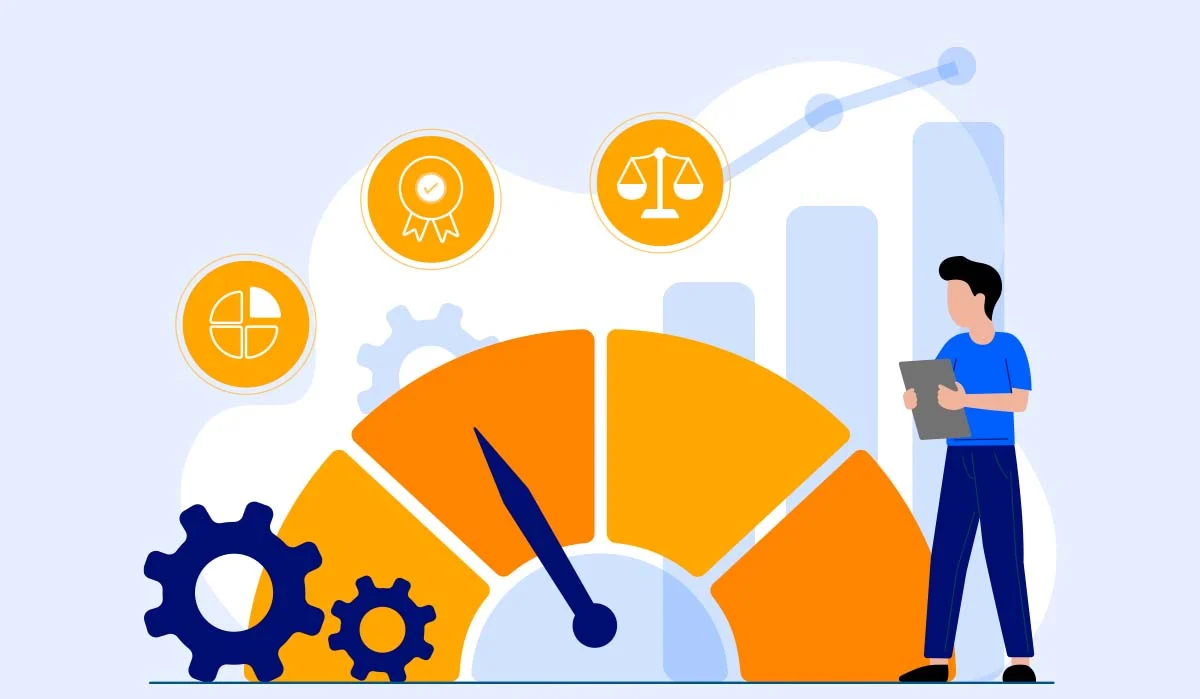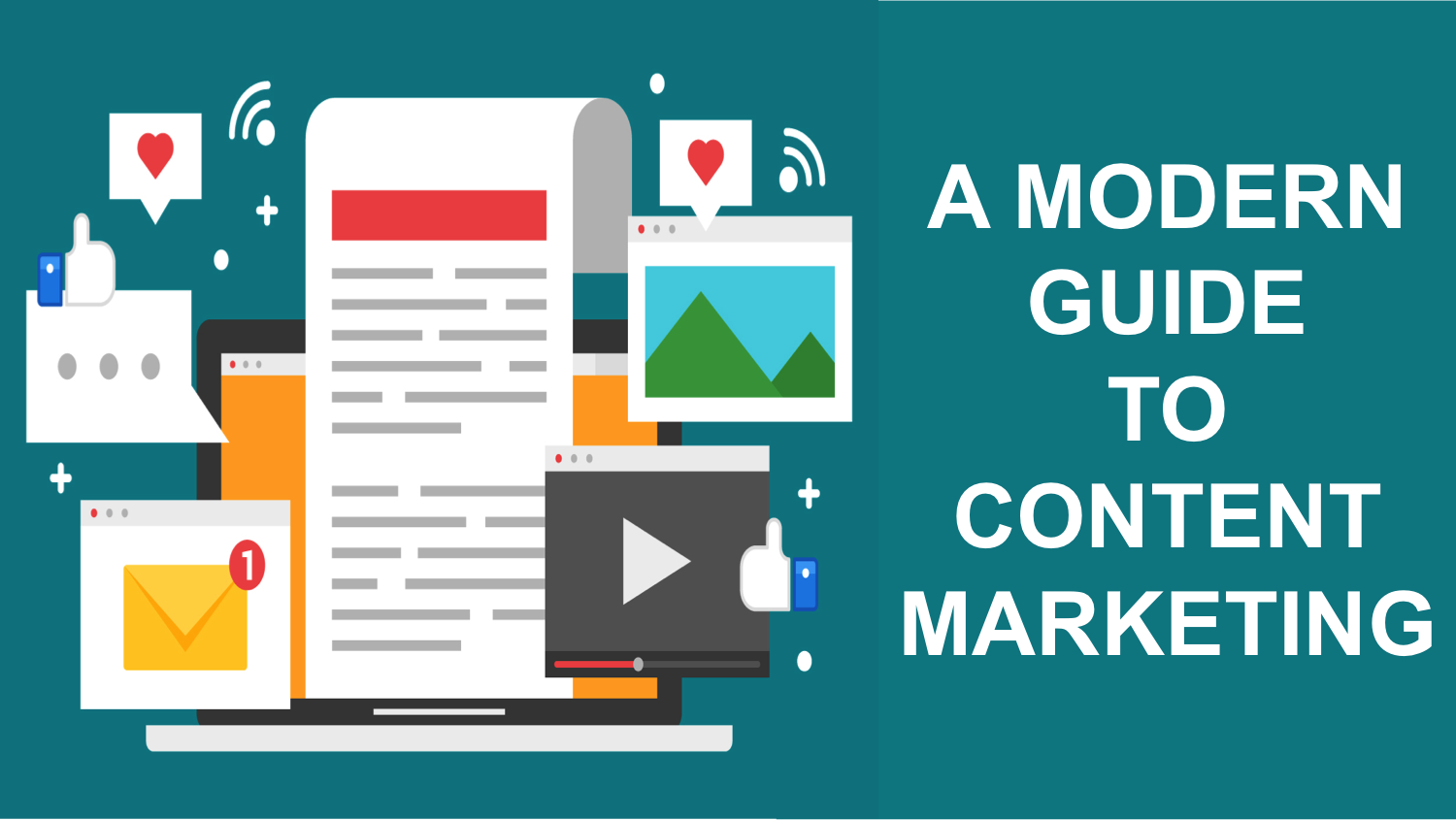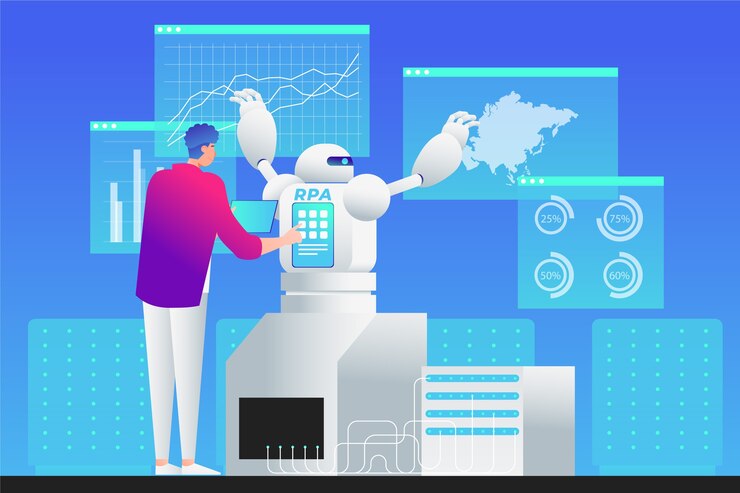Key Strategies to Boost SEO with Content Marketing
- Conduct Comprehensive Keyword Research
- Identify Relevant Keywords : Use tools like Google Keyword Planner. Ahrefs to identify keywords that are relevant to your business and have a high search volume but low competition.
- Long-Tail Keywords: Focus on long-tail keywords, which are more specific and less competitive. These keywords often attract more qualified traffic and have higher conversion rates.
- Identify Relevant Keywords : Use tools like Google Keyword Planner. Ahrefs to identify keywords that are relevant to your business and have a high search volume but low competition.
- Create High-Quality, Relevant Content
- Value-Driven Content: Ensure your content provides value to your audience by addressing their pain points, answering their questions, and offering solutions. High-quality content is more likely to be shared and linked to, which can improve your SEO.
- Content Variety: Diversify your content by incorporating blog posts, articles, infographics, videos, podcasts, and other formats. Different types of content can attract different segments of your audience and keep them engaged.
- Value-Driven Content: Ensure your content provides value to your audience by addressing their pain points, answering their questions, and offering solutions. High-quality content is more likely to be shared and linked to, which can improve your SEO.
- Optimize On-Page SEO
- Title Tags and Meta Descriptions: Craft compelling title tags and meta descriptions that include your target keywords. These elements help search engines understand the content of your pages and encourage users to click on your links in SERPs.
- Header Tags: Use header tags (H1, H2, H3) to structure your content. Header tags not only make your content more readable but also signal to search engines the importance of various sections of your content.
- Internal Linking: Include internal links to other relevant content on your website. Internal linking helps search engines crawl your site more effectively and can improve the overall SEO of your site.
- Title Tags and Meta Descriptions: Craft compelling title tags and meta descriptions that include your target keywords. These elements help search engines understand the content of your pages and encourage users to click on your links in SERPs.
- Focus on User Experience (UX)
- Mobile-Friendly Design: Ensure your website is mobile-friendly, as a significant portion of web traffic comes from mobile devices. A responsive design can improve but user experience and reduce bounce rates, positively impacting your SEO.
- Page Speed: Optimize your website’s loading speed by because compressing images, leveraging browser caching, and minimizing code. Faster-loading pages provide a better user experience and are favored by search engines.
- Engaging Content: Use engaging content formats like videos, interactive infographics, and slideshows to keep users on your site longer, reducing bounce rates and increasing dwell time.
- Mobile-Friendly Design: Ensure your website is mobile-friendly, as a significant portion of web traffic comes from mobile devices. A responsive design can improve but user experience and reduce bounce rates, positively impacting your SEO.
- Build Backlinks
- Guest Blogging: Write guest posts for reputable websites in your industry. Guest blogging but can help you build high-quality backlinks, which are crucial for SEO.
- Content Promotion: Promote your content through social media, email marketing, and other channels to increase its visibility and attract backlinks. The more people see and share your content, the more likely it is to earn natural backlinks.
- Influencer Outreach: Collaborate with influencers in your industry to share your content. Influencers can help you because reach a broader audience and generate valuable backlinks.
- Guest Blogging: Write guest posts for reputable websites in your industry. Guest blogging but can help you build high-quality backlinks, which are crucial for SEO.
- Regularly Update Your Content
- Content Audits: Conduct regular content audits to so identify outdated or underperforming content. Update these pieces with fresh information, new keywords, and optimized elements to improve their performance.
- Evergreen Content: Focus on creating evergreen content that remains relevant and valuable over time. Evergreen content continues to attract traffic and generate engagement long after it’s published.
- Content Audits: Conduct regular content audits to so identify outdated or underperforming content. Update these pieces with fresh information, new keywords, and optimized elements to improve their performance.
- Use Analytics to Measure Success
- Track Key Metrics: Use tools like Google Analytics and Google Search Console to track important metrics such as organic and traffic, bounce rate, average session but duration, and keyword rankings. These insights can help you understand what’s working and where there’s room for improvement.
- Adjust Strategies: Use the data from your analytics to refine your content marketing and SEO strategies. Continuously optimize your content based on performance metrics to achieve better results.
- Track Key Metrics: Use tools like Google Analytics and Google Search Console to track important metrics such as organic and traffic, bounce rate, average session but duration, and keyword rankings. These insights can help you understand what’s working and where there’s room for improvement.
Best Practices for Content Marketing and SEO Integration
- Create a Content Calendar
- Planning: Develop a content calendar that outlines your content creation and publication schedule. Planning your content in advance ensures consistency and allows you to strategically align your content with your SEO goals.
- Keyword Integration: Incorporate your target keywords into your content calendar to ensure each piece of content is optimized for SEO from the start.
- Planning: Develop a content calendar that outlines your content creation and publication schedule. Planning your content in advance ensures consistency and allows you to strategically align your content with your SEO goals.
- Leverage Social Media
- Share Content: Promote your content on social media platforms to increase its reach and drive traffic to your website. Social media shares so can also indirectly impact SEO by increasing content visibility and attracting backlinks.
- Engage with Audience: Use social media to engage with your audience, answer their questions, and encourage them to share your content. Active engagement can boost your content’s performance and improve its SEO impact.
- Share Content: Promote your content on social media platforms to increase its reach and drive traffic to your website. Social media shares so can also indirectly impact SEO by increasing content visibility and attracting backlinks.
- Collaborate with Other Content Creators
- Co-Create Content: Partner with other content creators, such as bloggers, vloggers, and podcasters, to co-create and share content. Collaborative content can expand your reach and introduce your brand to new audiences.
- Cross-Promote: Cross-promote content with other businesses or influencers but in your industry. Cross-promotion can help you reach a wider because audience and generate more traffic and backlinks.
- Co-Create Content: Partner with other content creators, such as bloggers, vloggers, and podcasters, to co-create and share content. Collaborative content can expand your reach and introduce your brand to new audiences.





